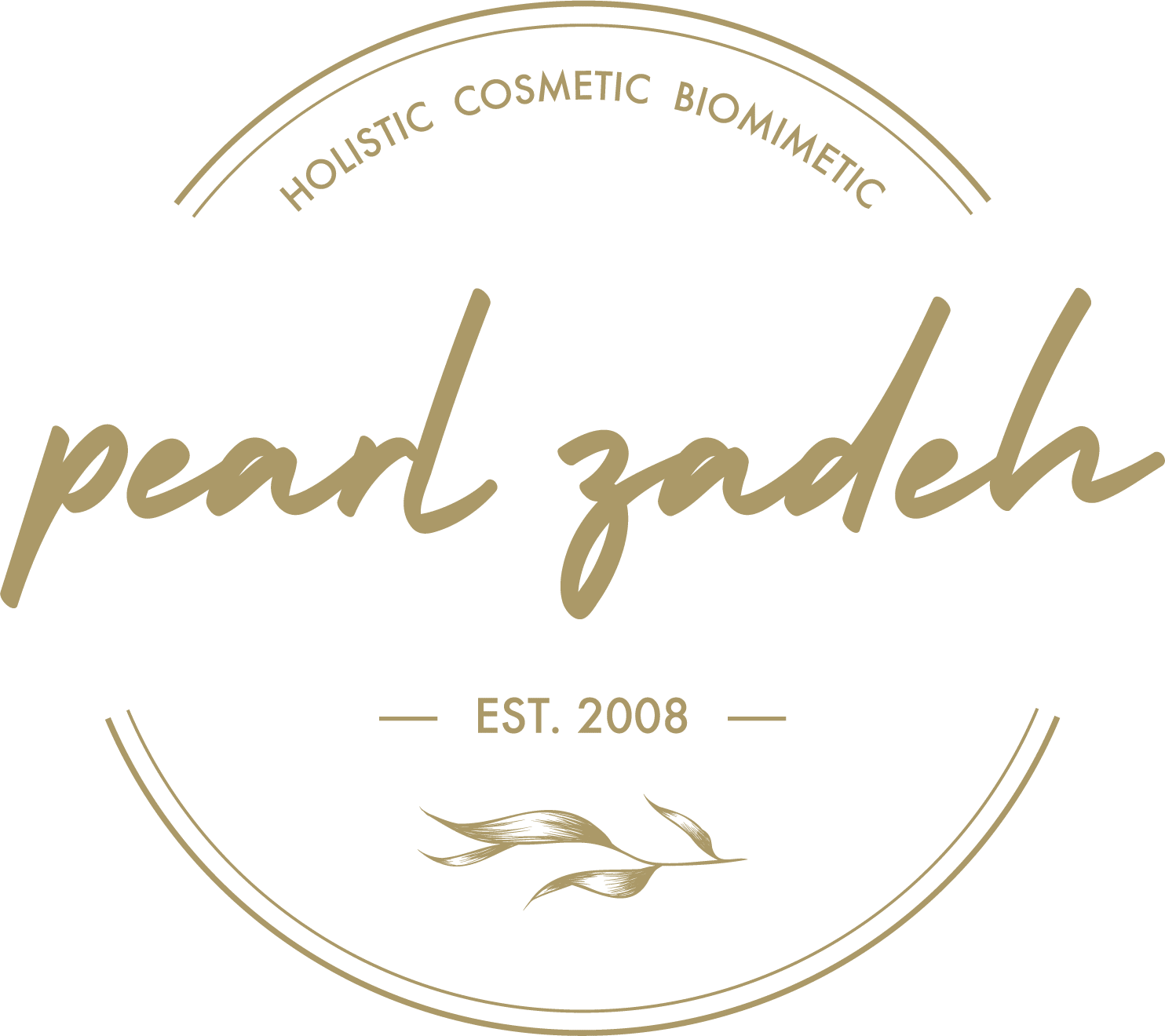Dental inlays and onlay are two common dental restoration procedures. They are both used to repair damaged teeth, but there are some key differences between the two. Inlays are made from an impression of the tooth, while onlays are made directly on the tooth. Inlays are usually made of porcelain or composite resin, while onlay can be made of gold, silver, or other metals. Inlays are more expensive than onlay, but they last longer and can provide a more natural looking restoration.
What are Dental Inlays and Onlays?
Dental inlays and onlays are two types of dental restoration procedures that can be used to repair damaged or decayed teeth. Inlays are small, custom-made pieces of composite material that are bonded to the tooth using dental adhesive. onlays are larger pieces of composite material that cover the entire tooth surface. Both inlays and onlays can be used to restore the function and appearance of damaged teeth.
Differences between Dental Inlays and Onlays
When it comes to dental inlays and onlays, there are a few key differences that you should be aware of. For starters, inlays are made from porcelain or composite resin material and are designed to fit snugly within the cavity of your tooth. Onlays, on the other hand, are larger and cover more surface area than inlays. They are also typically made from gold or another metal alloy.
The main difference between dental inlays and onlay is the way they are made. Inlays are made by taking an impression of the tooth, then making the inlay fit that specific tooth. Onlays, on the other hand, are made by first making an impression of the entire mouth, then making the onlay fit over all the teeth.
Another difference between inlays and onlay is that inlays can be made of different materials, including porcelain, composite resin, or gold. Onlays are usually made of porcelain or composite resin.
In terms of cost, inlays tend to be more expensive than Onlay because they are custom-made for each individual tooth. However, onlay may require more frequent replacement due to their larger size.
So which one is right for you? It really depends on your individual needs and preferences. If you have a tooth that is severely damaged or discolored, an inlay may be the best option to restore its function and appearance. If you have multiple teeth that are damaged or discolored, an onlay may be a better option to give you a full smile makeover.
Advantages of Dental Inlays & Onlays
There are several advantages of dental inlays and onlay procedures. Inlays are less likely to irritate the surrounding gum tissue, and they provide a more secure fit than onlay options. In addition, inlays can be less expensive than other types of fillings, and they’re also easier to keep clean.
How to Choose the Right Type of Restoration for You
There are many different types of dental restorations available, and choosing the right one for you can be difficult. Here are some things to consider when choosing a dental restoration:
1. The type of damage to your tooth: If you have a small chip in your tooth, an inlay or onlay may be the best option. However, if you have a large cavity or hole in your tooth, an onlay may be necessary.
2. The location of the damage: If the damage is located in the back of your mouth, an onlay may be necessary. However, if the damage is located in the front of your mouth, an inlay or onlay may be a better option.
When choosing the right type of restoration for you, it is important to consider the size and location of the tooth decay, as well as your budget. Inlays are typically less expensive than Onlays, but they may not be able to restore large areas of damage. Dental onlays are more expensive but can provide a more comprehensive restoration.
If you have a small area of tooth decay, a dental inlay may be the right choice for you. If you have a large area of tooth decay or if you are looking for a more comprehensive restoration, a dental onlay may be the better option. Ultimately, the best way to decide which type of restoration is right for you is to consult with your dentist.
Conclusion
Dental inlays and onlays are two options for dental care and restoration. Both offer significant benefits, but the ultimate decision should be made by you in consultation with your dentist. If you have any questions or concerns about which procedure is right for your needs, don’t hesitate to discuss them with your dentist. With the right choice of dental restoration, you can enjoy a healthy smile that lasts a lifetime!

